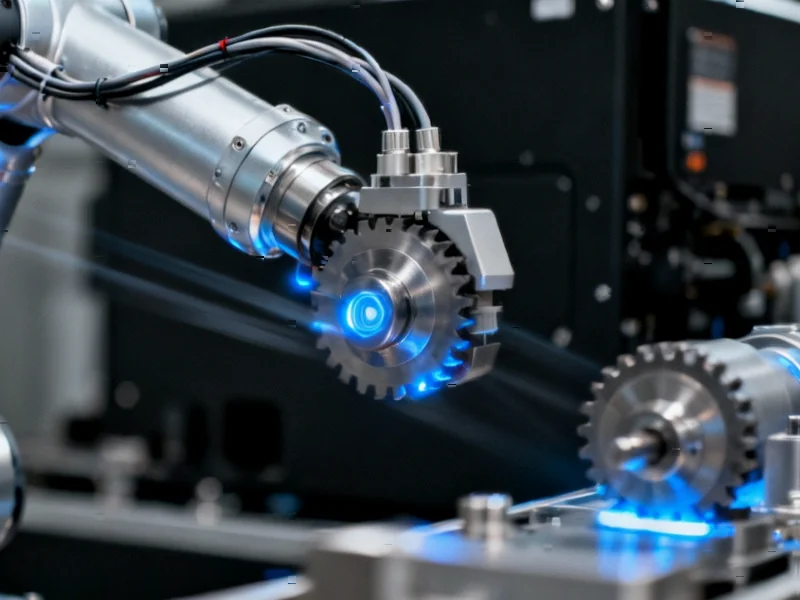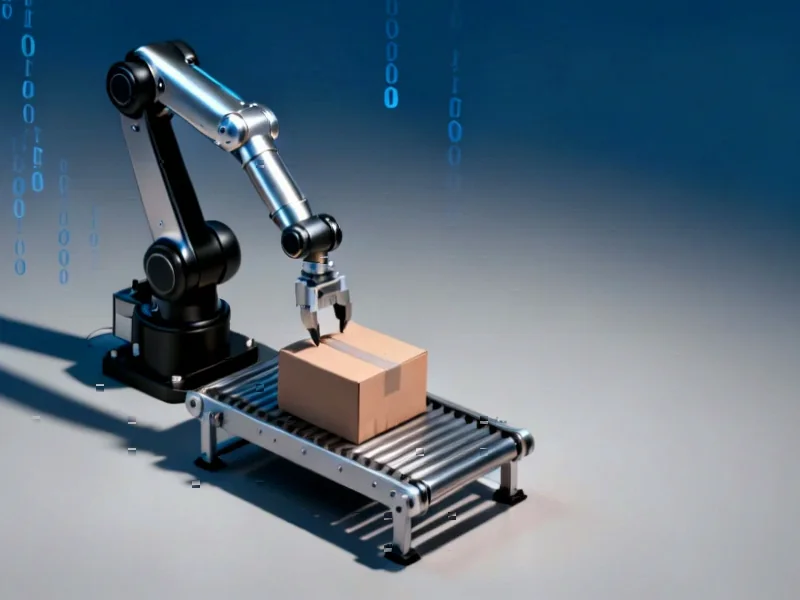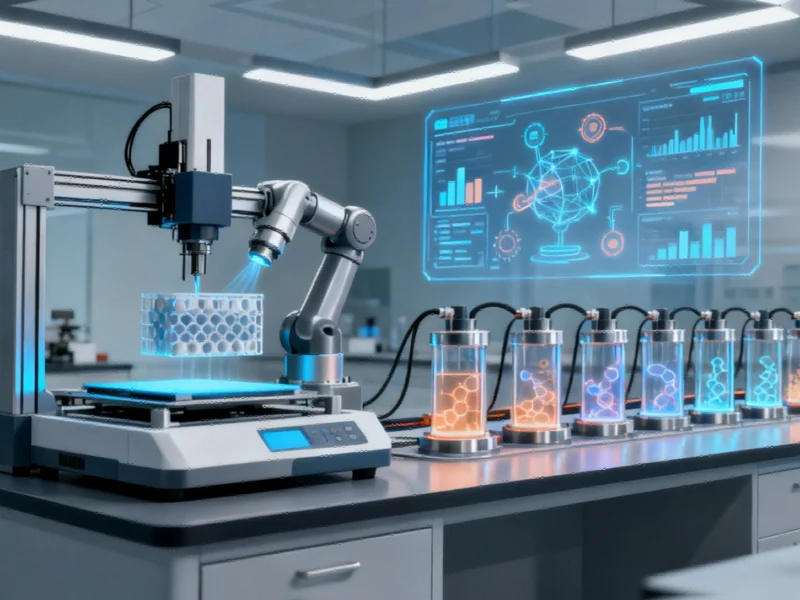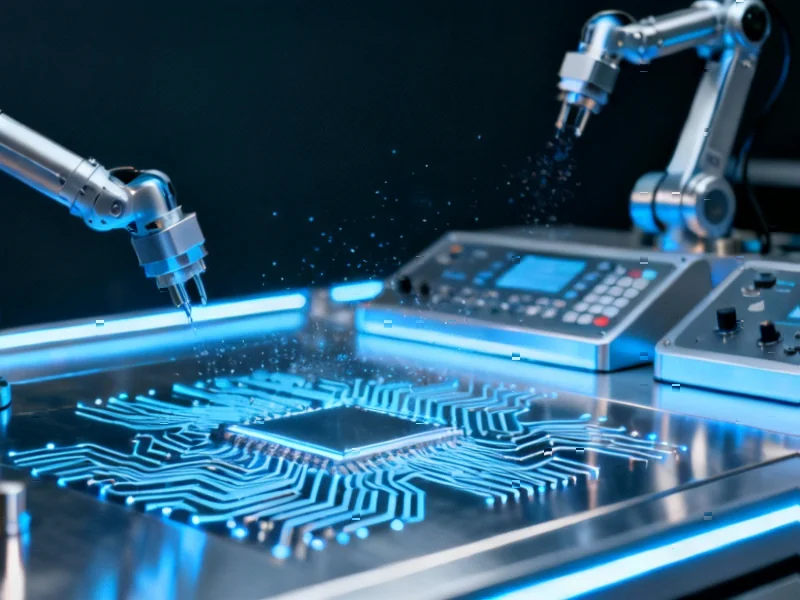Autonomous Driving Breakthrough Triggers Tesla Production Surge
Elon Musk has declared Tesla will aggressively expand production capacity after reaching a critical milestone in autonomous vehicle development. The CEO told investors he’s now “adequately confident” in Tesla’s self-driving platform, removing his previous hesitation about rapid expansion. This strategic pivot comes despite ongoing margin pressures that saw Tesla’s third-quarter profits decline 37% year-over-year.
Table of Contents
Financial Performance: Balancing Growth Against Cost Pressures
Tesla reported $1.37 billion net profit on $28.1 billion revenue for the quarter ending September 30, with vehicle deliveries reaching 497,000 units – a 7% increase from the same period last year. The delivery surge was partially driven by consumers racing to secure expiring $7,500 tax credits. However, operating margin contracted to 5.8%, reflecting the cost challenges facing the electric vehicle pioneer., according to industry developments
Chief Financial Officer Vaibhav Taneja attributed the 50% jump in operating expenses to multiple factors, including significant investments in artificial intelligence chips, legal costs, and spending related to Tesla’s upcoming shareholder meeting. That meeting will decide the controversial $1 trillion compensation package proposed for Musk by Tesla’s board., as as previously reported, according to recent innovations
Capital Expenditure Set for Major Increase
Tesla’s capital spending trajectory signals the company’s ambitious growth plans. While 2024 capital expenditures are projected at approximately $9 billion, Taneja confirmed spending will rise “substantially” in 2026. This increased investment will support both automotive expansion and artificial intelligence initiatives, including development of the Optimus humanoid robot.
“Our intent is to expand as quickly as we can,” Musk stated during the earnings call. “I was reticent to do that until we had clarity on achieving unsupervised full self-driving. But at this point, I feel like we’ve got clarity and it makes sense to expand production as fast as we can.”, according to market developments
Production Capacity and Cybercab Priority
Tesla currently operates with substantial manufacturing capability across its global factory network in California, Texas, Berlin, and Shanghai. The company can produce over 2.2 million Model 3, S, and Y vehicles annually, plus approximately 125,000 Cybercabs at its Texas facility.
Musk identified Cybercab production acceleration as a primary focus for 2026, expressing extreme optimism about demand. When questioned whether this expansion strategy would sacrifice profitability, Musk responded definitively: “Do I think we’ll sacrifice margins? I don’t think so. I think demand will be pretty nutty.”, according to recent innovations
Market Context and Competitive Landscape
Tesla’s aggressive production plans unfold during a transitional period for the electric vehicle market. The expiration of tax credits has created uncertainty, with Musk previously warning the loss of incentives could result in “a few rough quarters” for the company.
The competitive environment remains challenging, with General Motors CFO Paul Jacobson noting that EV sales have declined this month and may not stabilize until early 2026. Despite these headwinds, Tesla shares have surged more than 80% over the past six months, boosting the company’s market capitalization to approximately $1.4 trillion.
Following the earnings release and conference call on October 22, Tesla shares declined nearly 3% in after-hours trading to around $426. However, the stock’s overall performance reflects investor confidence in Tesla’s long-term strategy and technological leadership.
For detailed financial information, investors can reference Tesla’s official Q3 2025 financial update or monitor real-time stock performance through Yahoo Finance’s TSLA tracker.
Related Articles You May Find Interesting
- Google hits back at the CMA’s ‘strategic market status’ ruling
- Asia-Pacific Markets Brace for Turbulence Amid Renewed U.S.-China Trade Tensions
- US Weighs Software Export Restrictions in Escalating Tech Trade War with China
- Beyond Call Centers: How South Africa’s Financial Outsourcing Boom is Reshaping
- Snyk Evo Signals Autonomous Security Shift for AI-Driven Software Development
References & Further Reading
This article draws from multiple authoritative sources. For more information, please consult:
- https://assets-ir.tesla.com/tesla-contents/IR/TSLA-Q3-2025-Update.pdf
- https://finance.yahoo.com/quote/TSLA/
This article aggregates information from publicly available sources. All trademarks and copyrights belong to their respective owners.
Note: Featured image is for illustrative purposes only and does not represent any specific product, service, or entity mentioned in this article.



